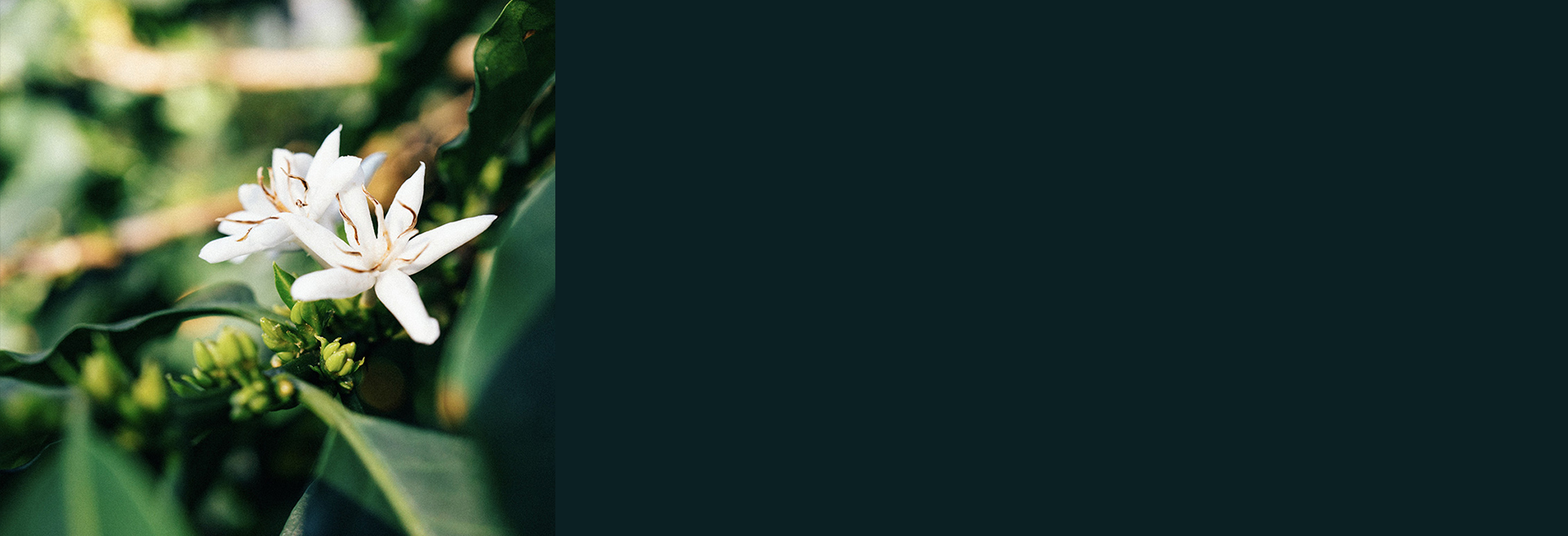Winter break · Next roast Jan. 7
Colombia
Caballero De La Noche, Granja La Esperanza Auction Lot 2/2022
100g
QUALITY SCORE: 92.75
Cup Notes
Orange Blossom / Blackberry / Pineapple / Strawberry / Guava / White Chocolate
Suggested for espresso and filter
when we roast
We freshly roast to order all coffees on Monday, Wednesday and Friday (excluding national holidays), and ship the same day! Cut-off time is 11:59pm (UTC+1) of the day before the roast day. *We only ship whole beans*
Details
- Quality Score
- 92.75
- Series
- Premium Rarities
- Producer
- Granja La Esperanza
- Country
- Colombia
- Terroir
- Cauca Valley
- Altitude
- 1700 - 2000 masl
- Process
- Anaerobic Natural - Raised Beds
- Arabica cultivar
- Geisha
- Picked in
- April 2022
- Arrived in
- November 2022
- Shipped in
- Box + Vacuum pack
- Roast profile by
- Rubens Gardelli
- Roasted on
- Customised solid-drum roaster
Suggested brewing recipe
There are two recipes: one for conical brewer (think v60) and one for flat-bottom brewer (think Kalita), however you can surely brew our coffees with any other brewing device, such as immersion brewers.
Please remember that these recipes are intended as starting points and may require further adjustments if the equipment you use is not identical to the one in the recipe; the characteristics of water used can also make a big difference in brewing.
Finally, the recipes suited specifically to Rubens’ roasting style, hence we do not guarantee that they will work as a universal reference.
Have fun brewing!
- Coffee:
- 17g
- Grind:
- Comandante 19 clicks (medium)
- Water:
- 250g (40 tds) at 90°C
- Time:
- 2:30
- Brew strenght:
- 1,47 tds
- Coffee:
- 17g
- Grind:
- Comandante 15 clicks (medium)
- Water:
- 250g (40 tds) at 90°C
- Time:
- 2:20
- Brew strenght:
- 1,45 tds
THE STORY BEHIND
Rigoberto and Luis Eduardo Herrera are the founders of Café Granja la Esperanza and firm believers that Colombian soil can produce coffee of excellent quality. The brothers were born in Caicedonia, Valle del Cauca, and in 1998 they decided to take over the family's coffee dream that had begun in 1945. Rigoberto Herrera and his family are the third generation of this coffee-growing family that has been making a difference in the coffee for at least twenty years now, since they started cultivating specialty coffee and organic certified lots of high quality. In 2012 the family won in an SCAA expo the Brewers USA cup, Barista USA Championship, and Roasters Choice Awards.
Over the years they have been studying different crops to identify less disease-resistant varieties and varieties with special characteristics.
Through meticulous tracing and testing, the farmers identified the areas of the farm that produced the best coffee cherries, and those cherries are then used for auction lots.
THE VARIETY
Rare, exclusive and fetching a heavy price tag, Gesha is often associated with coffees from Panama, while, in fact, the cultivation of the Gesha varietal began there as late as in the 1960s.
Gesha is an original variety of coffee that was discovered in the 1930s in the mountains around the Southwestern town of Gesha, Ethiopia. Gesha trees grow tall and can be distinguished by their beautiful elongated leaves. The quality of this coffee can be drastically improved when grown at extremely high elevation.
The Geisha revolution brought about an intense search for Geisha among coffee buyers and a primal pilgrimage to Ethiopia to find the source of that flavor. The roads those buyers traveled brought them in a wood in far western Ethiopia near a small town called Gesha in the forests where coffee was born and still grows wild.
Gesha 1931 comes from this place.
Its name reflects the place and year it was collected by scientists who fanned out on a research expedition in Ethiopia to catalogue its coffee varieties.
THE FERMENTATION PROCESS
As producers give increasing consideration to the effect of fermentation on the quality and profile of their coffee, they are adopting different and interesting techniques to their repertoires in order to diversify their offering. One method that is becoming more popular is fermenting coffee in a controlled anaerobic environment, meaning that the coffee is held in a vessel without any presence of oxygen for a part of the fermentation process. For this lot, the whole cherries underwent anaerobic fermentation in plastic bags for seven days. After fermentation, the beans were dried for seven days using mechanical dryers and then stored in a warehouse with controlled temperature.



